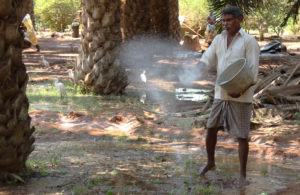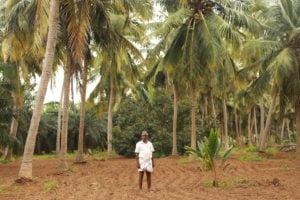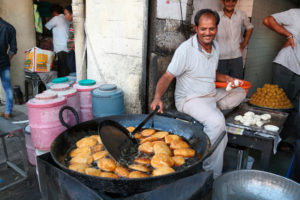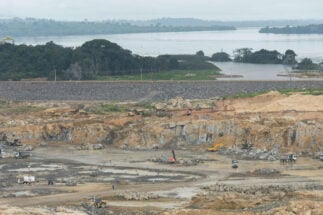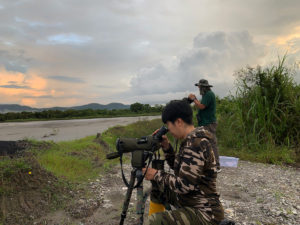As he talks about his 200-hectare oil palm plantation, Dature Miuli becomes visibly emotional. A passionate farmer and agro-entrepreneur in mountainous Arunachal Pradesh, the 59-year-old has tried planting every new crop from rambutan to rubber. Ten years ago rubber was touted by the local government as the next big cash crop; today the focus has moved to palm oil.
Miuli was one of the first to adopt oil palm back in 2017, in response to the government pushing its cultivation by local farmers. The government offered some subsidies but little in terms of training, so Miuli travelled to the state of Andhra Pradesh, and later to Malaysia, to learn the best cultivation practices.
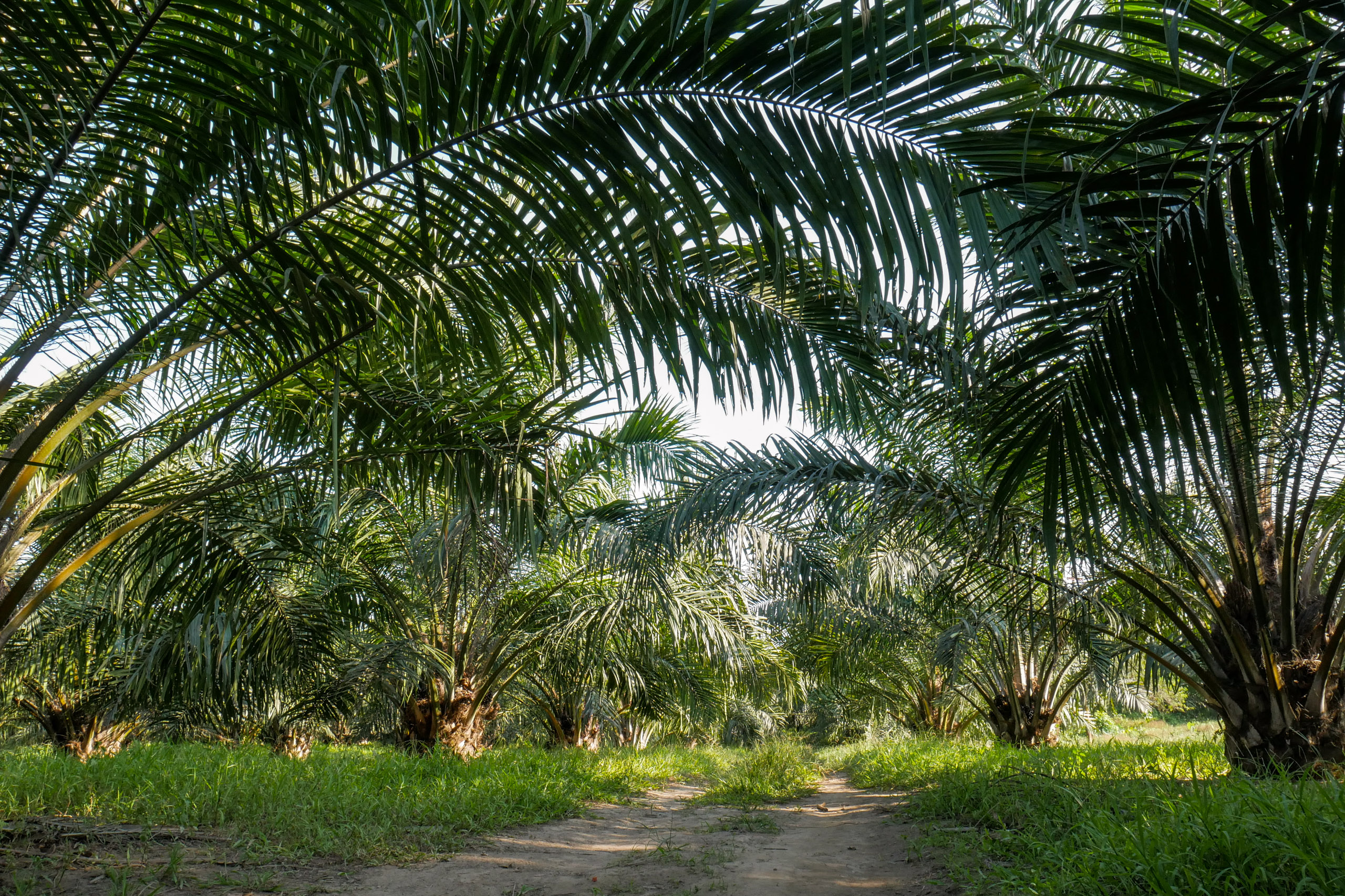

Now, despite his palms being full of fruit, Miuli thinks it was a mistake to switch to the new crop, and says the venture is currently financially unviable. If the government doesn’t intervene soon to support the creation of a robust palm oil supply chain, he says he will have no option but to uproot the palms.
India is the world’s biggest importer of palm oil. Between 2020 and 2021, it imported USD 5.8 billion of crude palm oil, around 98% of its total consumption, mostly from Malaysia and Indonesia. As demand increases, the government has been trying to ease the burden on the public coffers by incentivising domestic oil palm cultivation. But farmers in Arunachal Pradesh have little faith that the efforts will be beneficial to them or India’s self-reliance.
No supply chain for Arunachal Pradesh’s palm oil
“I sold my produce on two occasions [in 2021] to the 3F Oil Palm company that has an agreement with the government to buy our yields,” Miuli explains. “But I was offered a mere INR 7 per kilogram [around USD 0.1]. I could barely manage to pay the expense of the fertilisers.”
3F Oil Palm is a multinational corporation with plantations in Gabon and Suriname as well as across India. Under its agreement with the government the company has to buy farmers’ oil palm harvest in Arunachal Pradesh – although the prices are not set.
However, to date all of the fruit bought by 3F has been left to rot on Miuli’s farm. There are no mills for processing palm oil in all of Arunachal Pradesh. Oil palm fruit has to be crushed quickly, usually within 48 hours of harvesting, or it begins to deteriorate and harmful fatty acids can build up. This is why mills are usually located close to plantations – or even on them. 3F had claimed it couldn’t transport Miuli’s produce to a mill outside the state.
“If oil palm is to thrive, we will need three things here: a mill, a stable market and better road networks connecting the remote oil palm farms,” Miuli says. “The government should make sure that we are able to fetch a competitive price for our fruit.”
India’s bet on the northeast
Arunachal Pradesh’s foray into oil palm cultivation started in 2012 with 3F Oil Palm establishing a nursery and an office in Lower Dibang Valley, where Miuli’s plantation is located.
Two years later, the state government passed the Arunachal Pradesh Oil Palm (Production and Processing) Regulation 2014, setting guidelines for the promotion of the crop. The policy mandates that farmers in a so-called “factory zone” – the area covered by a particular processing company – sell their produce only to the allotted mill, paving the way for what are known as “captive plantations”. This, critics say, means there is no free market for oil palm processing.
According to the policy, the Lower Dibang Valley district has been assigned as a factory zone to 3F Oil Palm. But the company has yet to establish a mill to process the fruit and, according to Miuli and local officials, says the land under cultivation in the district is too small to make one feasible. Miuli says that “3F Oil Palm has been saying that to make a processing plant viable, the district will need to have a few thousand hectares of oil palm crop”. Although there isn’t an official estimate of the district’s area currently covered by plantations, Miuli believes that it is far less than 3F’s requirement for a processing plant.
The Third Pole asked the manager of 3F’s office in the Lower Dibang Valley to comment for this story but did not receive a response.
Speaking with The Third Pole, Idar Nyori, a development officer with Arunachal Pradesh’s Department of Agriculture, explains that the policy is meant to guarantee that farmers sell their produce.
Miuli concedes that without an agreement with 3F, he would not have sold any of his produce as currently there is virtually no local market for palm oil. However, he adds that the scheme could prove counterproductive in the long run: should the market take off, the factory zoning rules would mean farmers cannot choose where to send their produce.

In 2018, the local government introduced a new land settlement regulation that, for the first time, confers land property rights to individuals in a state where most of the lands are customarily owned by communities. This means that crucial decisions such as whether to lease the land to big companies will become the responsibility of each farmer, making them vulnerable to potential pressure from powerful businesses.
Far from being a technicality, this kind of legal framework has paved the way for the unfettered spread of large-scale oil palm cultivation and other monocultures in the northeastern state of Mizoram, and there is concern this will happen in Arunachal Pradesh to the detriment of local communities.
According to the latest data from the Indian government’s National Mission on Oilseeds and Oil Palm (NMOOP), only 1,416 hectares were cultivated with oil palm in the state as of March 2018. The area identified for the expansion of the crop amounts to 133,811 hectares – around 1.6% of the state’s total area.
The elusive wastelands
Pema Khandu, chief minister of the state, is an aggressive backer of oil palm cultivation. He was the first to mention the 133,811 hectare figure, stating in September 2021 that the land that could support the growth of the palm oil industry is currently “wasteland”.
Idar Nyori says that the government is looking to promote the crop in the “degraded forests and barren lands” in the Himalayan foothill areas along the Assam-Arunachal Pradesh border, which have “little biodiversity value”.
However, the definition of wasteland is contentious in India. Historically, the definition is linked to the economic value attributed to land, and researchers have pointed out that the label is often used without examining the ecological features of an area.
“If the government is claiming that Arunachal Pradesh has about 134,000 hectares of wasteland, that must be the government’s own definition of wasteland,” says Sailajananda Saikia, associate professor of geography at Rajiv Gandhi University, in Itanagar, Arunachal Pradesh. “I am not aware of the criteria behind this assessment, but I am almost certain that it is not based on a comprehensive ecological assessment.”
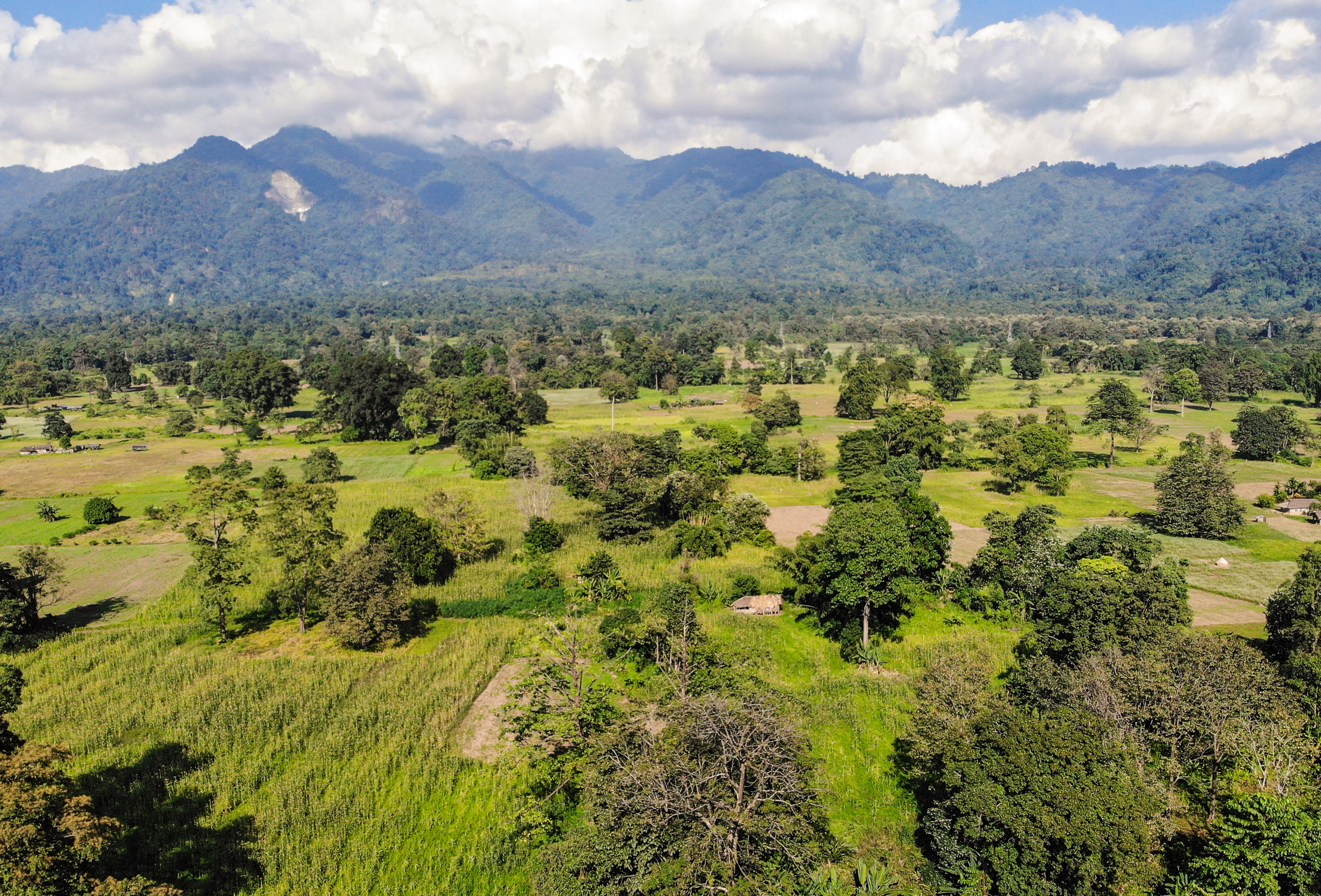
Egam Basar, assistant director of Arunachal Pradesh’s state horticulture department, says that the low-elevation foothills in the state are perhaps the only suitable area for oil palm cultivation. However, he says, “these foothills also contain the last few remaining tracts of lowland tropical rainforests and grasslands in the region”. Palm expansion, he cautions, “shouldn’t end up replacing these valuable forests”.
Umesh Srinivasan, a conservation biologist and one of the authors of a 2021 study published in Nature on the prospects of sustainable oil palm in India, says that plantations will likely replace other forms of traditional agriculture and community forests in Arunachal Pradesh. “Around 62% of Arunachal’s forests are so-called Unclassified State Forests (USFs), which are owned and managed by indigenous communities,” he says.
“While in the rest of India it will primarily replace other crops, in Arunachal Pradesh expansion of oil palm runs the risk of replacing USFs,” says Srinivasan, who has previously warned that the unfettered promotion of oil palm could damage India’s biodiversity-rich northeast region.
The Nature study Srinivasan was part of found that while in the rest of India it is possible to expand oil palm cultivation while protecting local biodiversity, such prospects in northeast India – home to the Eastern Himalayan and the Indo-Burma biodiversity hotspots – are dim. For instance, the unprotected dipterocarp-dominated tropical rainforests in the Himalayan foothills that the cash crop may replace are home to important wildlife species such as hoolock gibbons, hornbills, elephants and leopards.


In addition, questions have been raised about the suitability of the crop in certain areas identified for its expansion.
Originally grown in the tropics, the oil palm is adapted to temperatures between 22 to 32 degrees Celsius and requires about 2,500-4,000 mm of relatively even annual rainfall. But most of the districts selected for growing the plant in Arunachal Pradesh are well below 22C and have uneven rainfall. Tawang, a remote mountainous district identified as a potential site for oil palm in 2021, has an annual average temperature of 10.3C, and 1,500-2,000 mm of uneven rainfall, most of which occurs between July and September.
Between tradition and modern monoculture
According to activists, oil palm monoculture in corners of northeast India like Arunachal Pradesh will irreparably alter ecosystems while potentially affecting indigenous communities’ land rights, a phenomenon that has been documented across Southeast Asia.
Jhum, also known as shifting or slash-and-burn agriculture, is a system of cultivation that preserves soil fertility through plot (field) rotation. Deeply connected to indigenous cultures, jhum has been the historically dominant form of agriculture in the sparsely populated, tribal region of Arunachal Pradesh. It involves clearing and burning the vegetation on a plot, which is then cultivated until the soil shows signs of exhaustion or is overrun by weeds. The farmer then leaves the plot to regenerate for a few years, and clears a new plot using slash and burn. While there is no agreement whether jhum is sustainable, studies have found that in the long run, it helps restore the soil.
The government, on the other hand, says oil palm will be cultivated only on degraded lands, which in Arunachal Pradesh largely means targeting fallow jhum fields, managed by local people using traditional agricultural practices. Expert opinion on the trade-off between jhum cultivation and oil palm is divided, with some arguing jhum is less ecologically damaging than monocultures like oil palm, and others holding the opposite view.
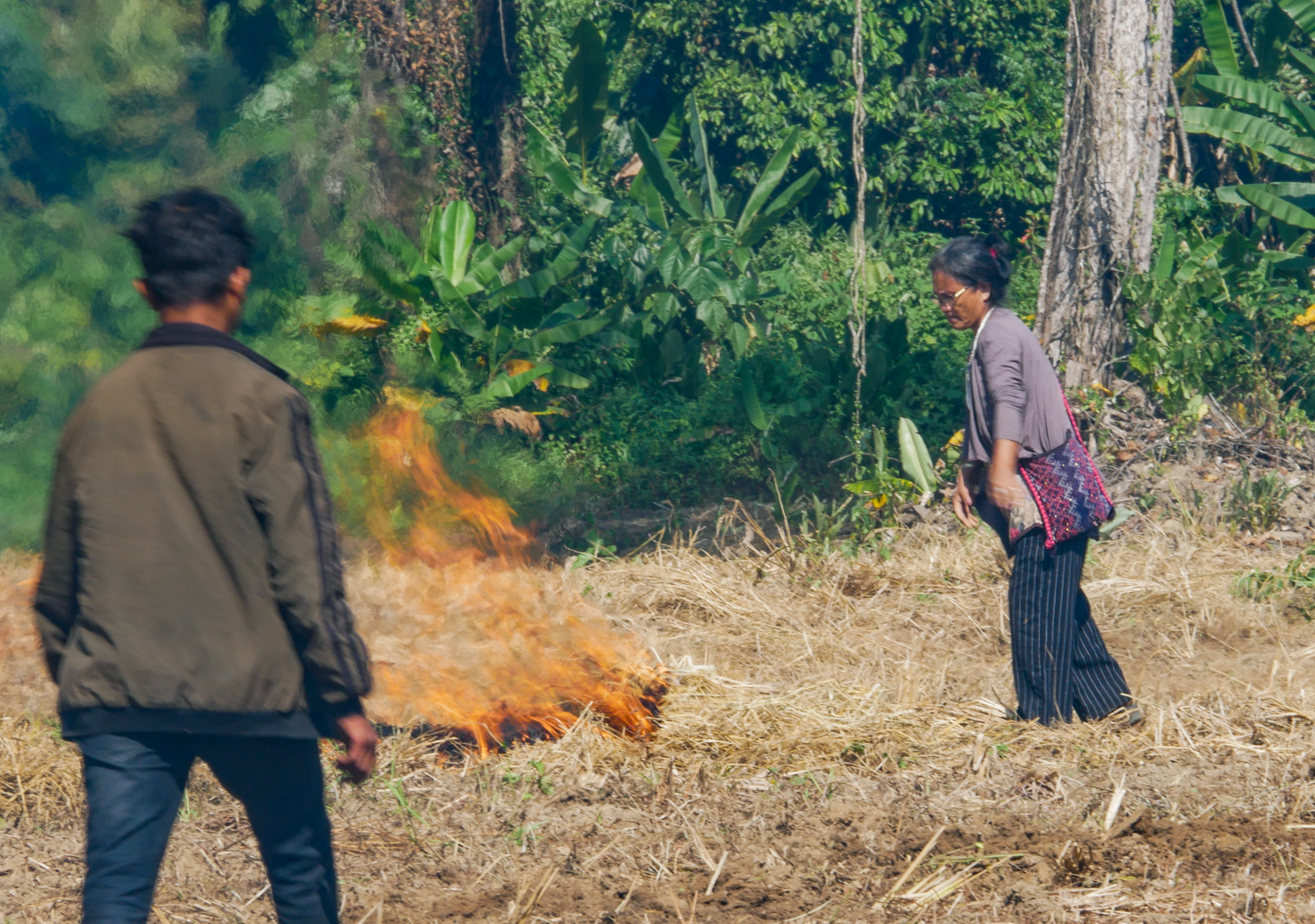

Biodiversity on the line
The Forest Survey of India, the institution responsible for assessing the size and health of the country’s forest cover, includes palm plantations in the definition of forest cover, along with bamboo and orchards. This means that converting natural forests into palm monoculture would not diminish forest cover in India’s accounts, and replacing land cultivated by local communities with monoculture would actually increase forest.
However, research by scientists tells a different story. According to a 2016 study that appeared in the journal The Condor, oil palm plantations in Mizoram support less biodiversity than jhum fields. The authors found that oil palm plantations had the lowest richness of forest birds (10 species), followed by teak plantations (38), while jhum (50) had only slightly lower species richness than the rainforest edge (58) and interior (70).
Since bird species diversity is widely considered an indicator of overall biodiversity, this count suggests that jhum complements forests far better than oil palm when it comes to environmental sustainability.
The findings are confirmed by other studies. A 2018 study by researchers at the National Centre for Biological Sciences (NCBS) in Bengaluru and the University of Virginia in the United States found that shifting cultivation with a long fallow period can be beneficial for the soil.
However Nyori, the agriculture development officer, insists that “oil palm is better than jhum as the latter destroys forest”, referring to an article he wrote for The Arunachal Times in 2016.
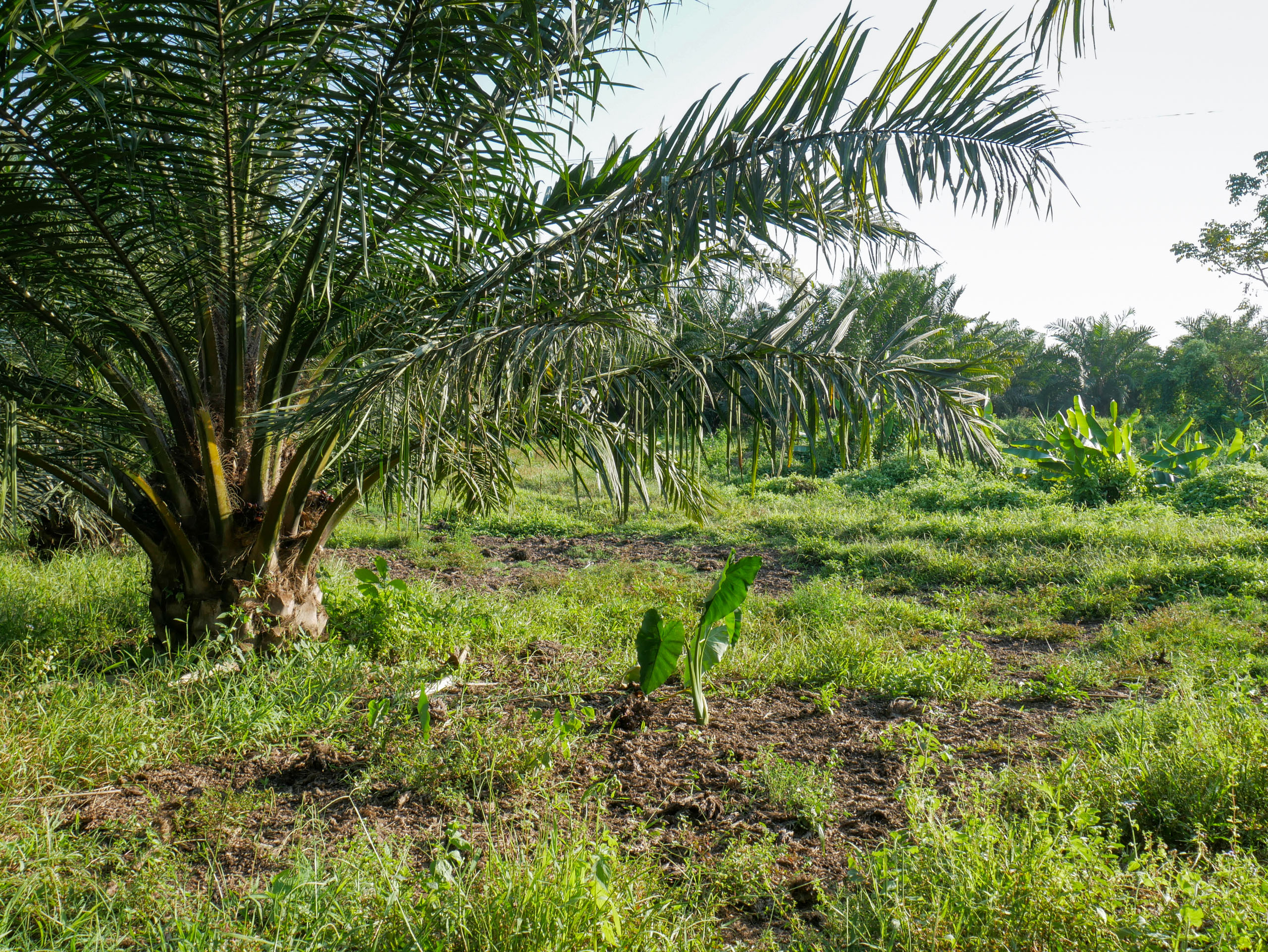
As the academic debate around the two models continues, their practical differences are stark to the farmers of northeast India.
The Miuli family has experienced them first hand. The 200-hectare plot Dature Miuli has planted with oil palm was a traditional jhum field until five years ago. “Initially I wasn’t convinced about planting oil palm, as it requires a lot of money and hard labour and we didn’t know much about the crop,” says 52-year-old Sipa Mena Miuli, Dature’s wife and a traditional farmer herself. “But seeing my husband’s enthusiasm, I conceded.”
The family previously cultivated mustard and maize on their plot, and Sipa Mena Miuli would help work the fields, as she still does on small areas of land she farms with her relatives not far to the northeast in Bhismaknagar. “But with oil palm now we must employ labourers and it is hard for women to do the physically demanding harvesting work in oil palm plantations,” she says. The replacement of traditional agriculture with oil palm monoculture could alter gender dynamics in indigenous societies – a phenomenon that has been recorded among oil palm growers in neighbouring Mizoram.
Sipa Mena Miuli regrets that despite plentiful yields from her fields in Bhismaknagar she doesn’t make good profits, because the government doesn’t mandate a minimum price for her crops. “It is the absence of a stable market price for traditional crops like mustard seeds, maize and vegetables that is pushing people here to try any new crop, whenever the government promises a stable market for it.”
Eketo Mendo, a smallholder farmer in Abongo, a village near Bhismaknagar, is among the farmers who refuse to switch to oil palm monoculture. He says traditional crops like maize, millet, vegetables and fruit trees support a wide range of wildlife. The farm that Mendo inherited from his father is full of bamboo groves, mango and other trees, where a hoolock gibbon family has been living for decades. Now there are only three hoolock gibbons, after a juvenile succumbed to its injuries from falling from a tree. “Every year I plant maize and fruit trees. The gibbons feed on a portion of the yield. If I switch to oil palm, even if I spare the trees they live on, what will they eat?” says the farmer when asked why he hasn’t switched to oil palm.
Lessons from the jatropha plantation drive
Saikia, the Rajiv Gandhi University geography professor, says that the oil palm expansion plan should learn from the failures of the jatropha project. “This should not be another mad rush without proper research,” he cautions. “Transparency is key to the success of any development project. The farmers should not be kept in the dark about the pros and cons of oil palm.”
The planting of jatropha was a much-hyped scheme under the National Mission on Biodiesel initiated in 2003. It was alleged to be riddled with corrupt practices and deemed a total failure in Arunachal Pradesh.
The oily seeds the Jatropha curcas bush produces can be processed into biodiesel. In the 2000s, many countries, including India, promoted jatropha plantations. However, investors soon realised that while the plant could survive on arid soils, it still needed plenty of water and nutrients to produce enough seeds, thus creating competition with food production for fertile land.
Nabam Tagam, an anti-corruption activist from Arunachal Pradesh, says that the state has a history of corruption and abuse of power by government officials and politicians. “Therefore, whenever the government is aggressively promoting a development project, we wonder whether it is for the genuine benefit of the people, or it is simply another ruse to mint money for those in power.”
“As for the oil palm expansion project, the central government is providing 90% of the funds.” The plan, he says, “should not turn into a cash cow for those involved in the implementation of the project”. If oil palm is not benefitting anyone but the project is being pushed in spite of that, “then the first thing I’d ask for is transparency,” Tagam says.
Between 2017 and 2019, NMOOP allocated just over INR 179 million (about USD 2.34 million) to Arunachal Pradesh under a plan to develop 6,000 hectares of oil palm, though the state achieved only about one-quarter of the target by March 2018.
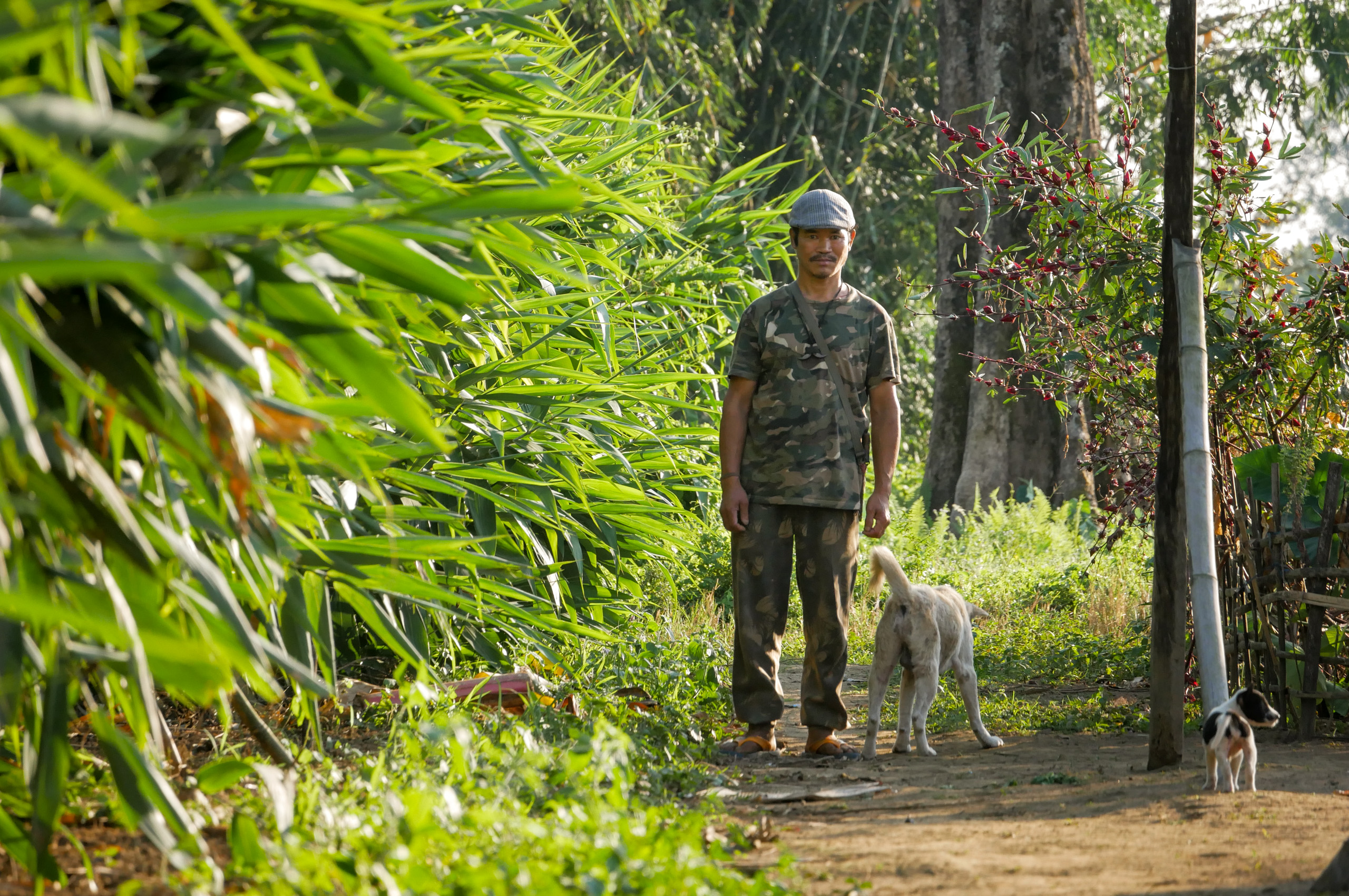

‘It’s unlikely to take off here’
Mendo, the smallholder farmer in Abongo who refuses to embrace oil palm, says that the crop isn’t going to spread in Lower Dibang Valley despite government subsidies because of the need for capital to start an oil palm plantation and the long period before the investment pays off. “In my village, very few have the capital needed to start oil palm cultivation,” he says, even after receiving the subsidies.
Miuli, the pioneer oil palm farmer, echoes these concerns. Even for a resourceful entrepreneur like him the heavy maintenance cost of the plantation without the prospect of a stable market is not sustainable. “If the government doesn’t take a bottom-up approach, with continued appraisal with the farmers and the company involved, all the grandiose plans on paper will yield nothing.”


